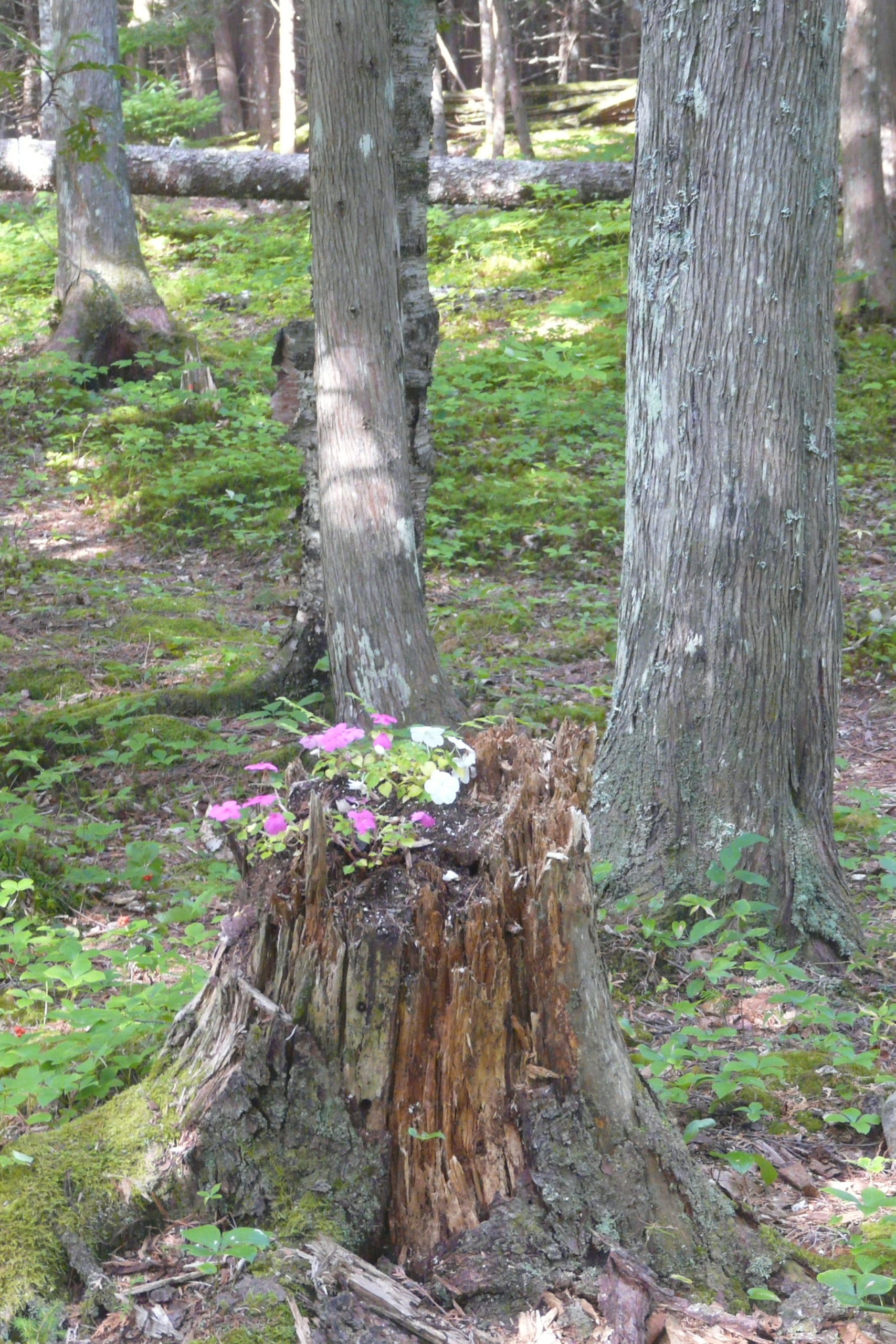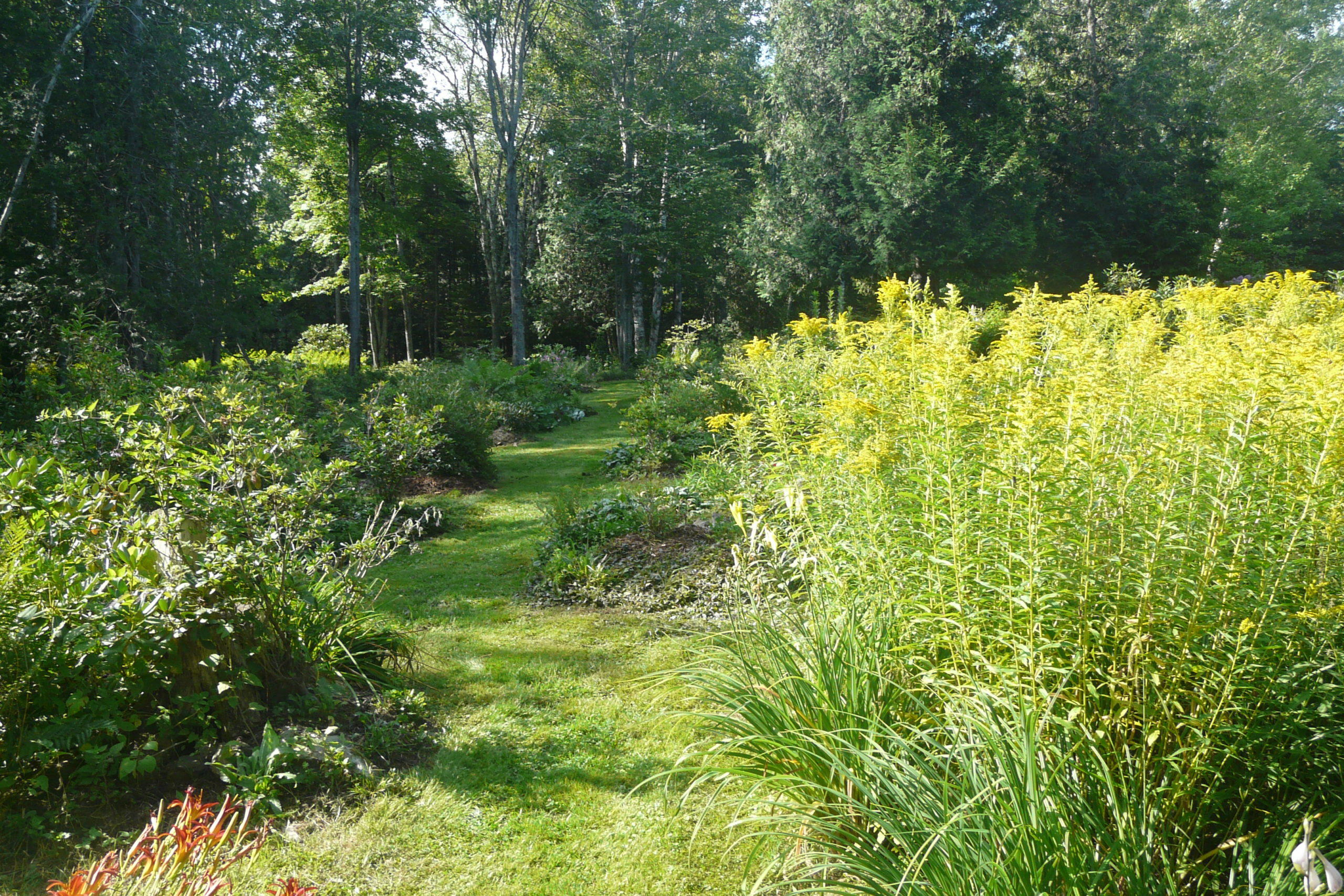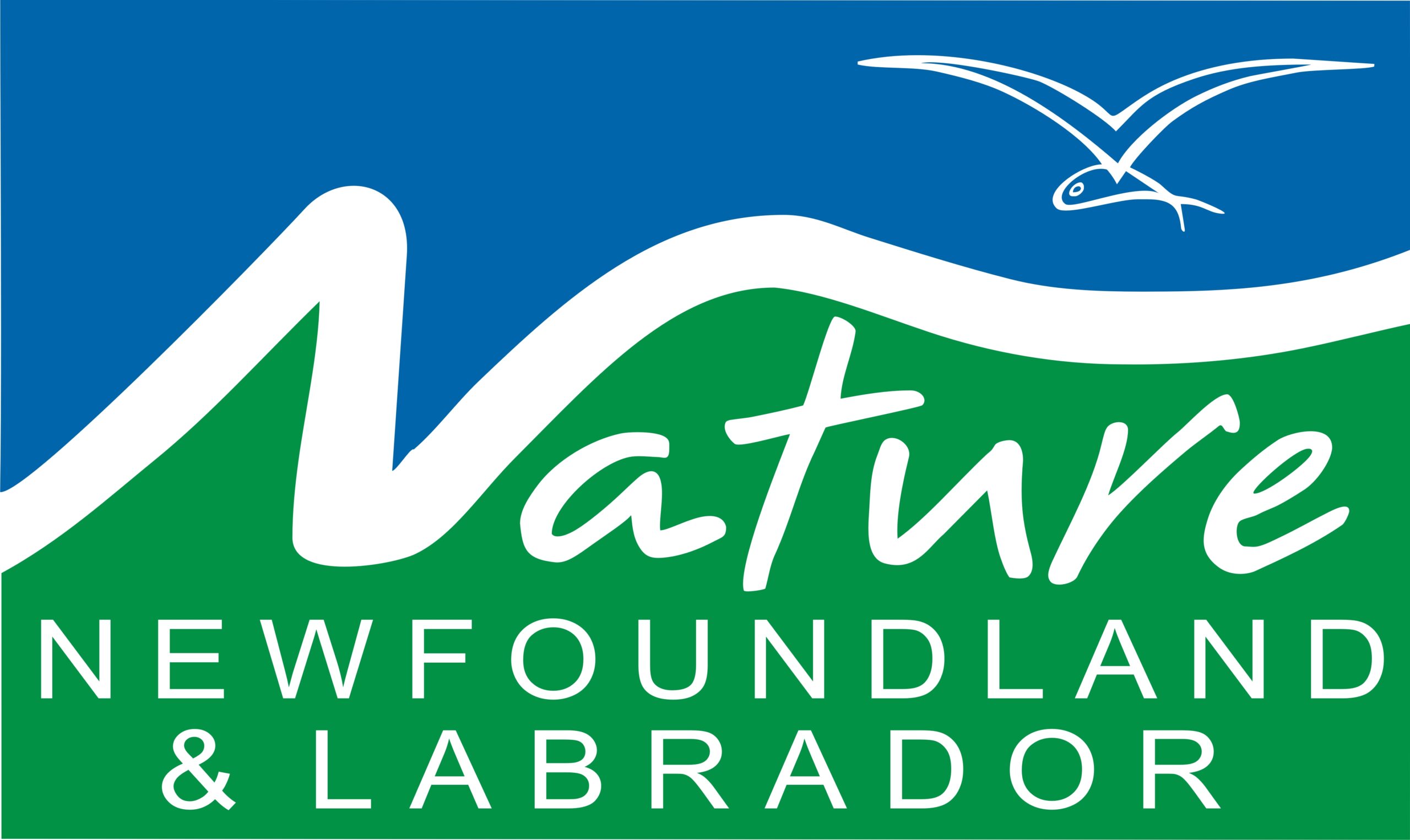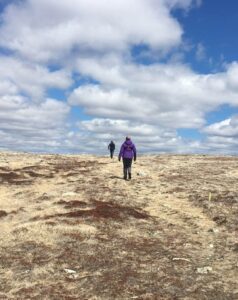By David Rendell, Canadian Parks and Wilderness Society – Newfoundland and Labrador Chapter
Through personal contacts, my wife and I were able to visit the designated Nature Conservancy of Canada site at Shampers Bluff, New Brunswick. The owner and donor of most of the 110 hectare site, photographer Freeman Patterson, provided us with a personal tour of the main features of the site, and his approach to the site.
Last August, while visiting our son Christopher, he suggested a visit to Shampers Bluff, partly because of its reputation as a conservation area, and partly as he is actively developing his own eight acre site near Hampton, NB. He had a friend who was able to contact Freeman and got his agreement for a visit. So, on a beautiful warm day, Chris, his wife Laura, Joan and I drove the half hour to get there from Hampton. We were greeted half way down the driveway by Freeman coming to meet us.

In the 1980s, Nature Newfoundland and Labrador (Nature NL; or the Newfoundland Natural History Society (NNHS) as it was then) invited Freeman Patterson to give a series of illustrated lectures, in the Little Theater in the Arts Building at Memorial University, on his photography of nature (Photography for the Joy of It, Photography and the Art of Seeing, Photography of Natural Things, …), so there is a connection with Nature NL as I remember the talks clearly.
Upon coming home, I realized that I had a lot of photos, and wondered what best to do with the many photos I had taken. We all take lots of photos when on a visit to some special place. When traveling to India, Japan, Israel, I routinely used to take 20 rolls (36 exposures) of Kodachrome per trip. Now with digital cameras, the situation is compounded! So the idea gradually grew to offer to share the experience with a local group, Nature NL as an example of a real conservation project, and hopefully encourage others to get involved through one (or more) of the local environmental organizations.

The site is where Freeman lives, and the general public does not have access. He screens potential visitors for real interest in conservation, and not just a casual interest. He mentioned that, for example, school groups have to have a project started before being allowed to visit. We passed the test somehow.
The photos were taken “on-the-fly” as we were introduced to the various features, both large and small. There was no time to compose a scene, or wait for better lighting. The area includes the farmstead area, house, barn, guest house, paths. In the former fields, around the house, the annuals are left to do their own thing, and are mulched each autumn to inhibit tree growth. The age and composition of the forest stands at Shampers Bluff range from shrubby areas with most trees under 25 years old to mature stands with trees over 200 years old. It is a fascinating area with paths in portions. The forest floor has fallen tree stumps used as protection, host for new shrubs, plants, and rhodos to keep their feet dry. In our short visit we were able to see only a small portion of this magnificent and diverse site.


The area took a long time to come under protection. After a single threatened plant was discovered the provincial government (New Brunswick Department of Natural Resources as ‘Ecologically Sensitive Lands’) became involved to designate a conservation status for some portions and other blocks of land were added from time to time.
In The Photography of Natural Things, page 95, Freeman comments on a Cape St. Mary’s photo: “These towering cliffs on the south coast of Newfoundland are an ideal nesting site for gulls, gannets, and other birds. The grandeur of the location and the sound of the sea and the birds provide a memorable wilderness experience. A visitor becomes deeply aware of the value of leaving large areas of land undisturbed for the protection of natural things. The size of the birds in relation to the cliffs helps to produce the sense of height, and side lighting defines the shapes of the landscape.”
In our own province, there are many sites that can and should be added to the dozen or so local NCC sites in Newfoundland. At the presentation, there were several groups present, each with a special niche interest, but all are part of a consistent whole: e.g. CPAWS has a focus on public lands with a goal of preserving of half of all public lands; NCC has a focus on maintaining special private lands, Nature Canada has a broad conservation and education focus.
As with my presentation, I close by challenging all local environmental organizations to do something special in forwarding conservation goals for Canada’s 150th birthday.
Dave is a retired member of the Physics Department at Memorial University who has a long history of promoting the conservation and appreciation of nature in this province. Among other activities, he served on Nature NL’s board of directors (1985–1993), was a National Trustee for Canadian Parks and Wilderness Society (CPAWS) and currently serves as treasurer for CPAWS-NL.

